Sonus Paradisi
Schwerin, Dom, Ladegast Organ 1871 [Hauptwerk]
Schwerin, Dom, Ladegast Organ 1871 [Hauptwerk]
Verfügbarkeit für Abholungen konnte nicht geladen werden
Schwerin - Dom, Ladegast Organ (1868-1871)
The organ in Schwerin Dom was built by the prominent German organbuilder Friedrich Ladegast (1818-1905). It has 84 speaking stops distributed across 4 manuals and pedal. There is a well-defined dynamic hierarchy among divisions, where the 1st Manual is the strongest, and the 4th Manual is almost an Echo division. An interesting element of the instrument is that the manual numbering does not follow the usual conventions (from bottom up), rather, it denotes the hierarchy of the divisions. Thus, the 1st Manual (the most important and the most powerful division) is played from the 2nd keyboard, the 2nd Manual (less mighty than the 1st) is played from the 3rd keyboard, 3rd Manual is played from the lowest (1st) keyboard, and the 4th manual - finally - is played from the 4th (upmost) keyboard. It could be confusing at first, but this the reality of the instrument, and for this reason it was mirrored in the sample set exactly. If you prefer a different manual order, Hauptwerk allows for any MIDI keyboard assignment, so, it is extremely easy to swap the manuals if necessary when you auto-detect your keyboards.
To balance the variety of the sound colors and dynamics of the manuals, the pedal alone has 22 stops! They are divided into three parts, there is the Piano Pedal with 6 piano stops to accompany the quieter stops, there is the Pedal Forte division with the majority of the pedal stops, while 6 biggest stops are still on a separate windchests, forming the "strong" (starken Bässen) division of the pedal.
The Schwerin Dom organ is an organ with many firsts.
First organ with crescendo in the world. A mechanism driven by two pistons, one accelerating the crescendo, one accelerating the decrescendo, the mechanism has 7 steps. More in the description of J. Massmann (Orgelbauten des Grossherzogthums Mecklenburg-Schwerin, 1875, p. 67-68):
The crescendo consists of 7 main stations with 21 steps, so that 21 different timbres can be graudually heard, activated automaticaly. You can stop at these stations or reverse, or move on. During the crescendo, you can change all the claviers while playing, and also couple or uncouple them to allow the individual timbres to take effect. However, the stops must not be touched during the crescendo moves. Once the crescendo movements have stopped again, you can register as you wish. Neither the two crescendo foot switches, nor the two crescendo drawknobs may be changed in quick succession, but only when the crescendo movements have stopped.
The two crescendo foot switches (and corresponding drawknobs) are obviously called crescendo and decrescendo, each push of any of them advances (or reverses) the hidden crescendo roller by one Station, gradually going through its 3 steps. The crescendo roller is operating directly on the tracker of the stops, therefore, it affects also the stops pre-drawn by hand.
First organ with a kind of Barker machine in Germany (so called Pneum. Werk).
First organ with pneumatic stop action.
First organ with combination system in Germany. The system allows stops to be drawn before they are triggered, via a combination piston. J. Massmann explains the then new device using these words (p. 66-67):
The combination foot switches operate the sliders of the drawn stops of the respective manual, thus enabling any group of voices of any manual to be made to sound or be silenced. Each manual and also the pedal board has a foot switch for this purpose, located directly above the pedal. If, for example, you play on a certain manual, for instance with a Bordun 16, Salicional 8, Gedackt 8, etc., and later wish to play a group of other stops on the same keyboard, you can first switch off the corresponding foot switch, then add other stops at will simply by drawing them while playing, but the previously drawn stops will continue to sound without interruption, and the newly drawn stops will start to speak at the moment when you have switch on the corresponding foot switch again, and vice versa. If you now want to form individual groups of voices from different manuals, you only need to use the corresponding couplers. This combination device was of course only possible thanks to the pneumatic stop levers. Any expert will be able to appreciate the value of this for an experienced, capable organist.
First organ with no less than 6 free reed stops: Fagott 16, Oboe 8, Clarinette 8, Aeoline 16, Posaune 32, Dulcian 16. Their sound is milder and the attack not so fast, compared to the traditional (beating) reeds. They can be used as a solo stops, or mixed with the flues. It is exactly their mixing capability with the flue stops which was highly valued at that time.
It also was the first large romantic organ in the Mecklenburg region and in whole North Germany, the first large organ of Fr. Ladegast, and the first Ladegast organ in a cathedral.
Präsentiert von Leonart Studio, Ihrem autorisierter Händler für Sonus Paradisi in der Schweiz (internationaler Versand). Erhalten Sie Ihre digital gesampelten historischen Orgeln zur Verwendung mit der Hauptwerk-Software für virtuelle Instrumente.
Teilen Sie dieses Muster-Set
![Schwerin, Dom, Ladegast Organ 1871 [Hauptwerk]](http://artful.shop/cdn/shop/files/ladegast1.jpg?v=1759140126&width=1445)
![Schwerin, Dom, Ladegast Organ 1871 [Hauptwerk]](http://artful.shop/cdn/shop/files/ladegast2.jpg?v=1759140127&width=1445)
![Schwerin, Dom, Ladegast Organ 1871 [Hauptwerk]](http://artful.shop/cdn/shop/files/ladegast3.jpg?v=1759140127&width=1445)
![Schwerin, Dom, Ladegast Organ 1871 [Hauptwerk]](http://artful.shop/cdn/shop/files/ladegast4.jpg?v=1759140127&width=1445)
![Schwerin, Dom, Ladegast Organ 1871 [Hauptwerk]](http://artful.shop/cdn/shop/files/ladegast5.jpg?v=1759140126&width=1445)
![Schwerin, Dom, Ladegast Organ 1871 [Hauptwerk]](http://artful.shop/cdn/shop/files/ladegast6.jpg?v=1759140125&width=1445)
![Schwerin, Dom, Ladegast Organ 1871 [Hauptwerk]](http://artful.shop/cdn/shop/files/ladegast7.jpg?v=1759140125&width=1445)
![Schwerin, Dom, Ladegast Organ 1871 [Hauptwerk]](http://artful.shop/cdn/shop/files/ladegast8.jpg?v=1759140125&width=1445)
Spezifikation (Stopp-Liste)
-
Handbuch I
Principal 16′
Bordun 32′
Bordun 16′
Principal 8′
Doppelgedackt 8′
Flaute major 8′
Gemshorn 8′
Gambe 8′
Rohrquinte 5 1/3′
Octave 4′
Rohrflöte 4′
Spitzflöte 4′
Terzflöte 3 1/5′
Quinte 2 2/3′
Octave 2′
Cornett IV
Cornett
Mixtur IV
Cymbel III
Trombone 16′
Trompete 8′ -
Handbuch II
Principal 16′
Quintatön 16′
Principal 8′
Bordunalflöte 8′
Rohrflöte 8′
Quintatön 8′
Fugara 8′
Piffero 8′
Octave 4′
Flautino 4′
Flöte 4′
Quinatön 4′
Quinte 2 2/3′
Octave 2′
Cornett III
Progress. Harm. III-IV
Scharf IV
Oboe 8′
Fagot 16′
Tremulant -
Handbuch III
Geigenprincipal 8′
Gedackt 8′
Doppelflöte 8′
Flauto traverso 8′
Salicional 8′
Gedackt 4′
Fugara 4′
Piffero 4′
Nassat 2 2/3′
Piccolo 2′
Progr.Harm. II-IV
Clarinette 8′
Glockenspiel
Tremulant
-
Handbuch IV
Viola 16′
Lieblich Gedackt 8′
Zartflöte 8′
Viola d´amore 8′
Unda maris 8′
Flauto dolce 4′
Salicional 4′
Flöte 2′
Harmonia äther. III
Aeoline 16′ -
Pedal
Violon 32′
Untersatz 32′
Principalbaß 16′
Octavbaß 16′
Violon 16′
Subbaß 16′
Salicetbaß 16′
Terz 12 4/5′
Nassard 10 2/3′
Principal 8′
Cello 8′ (stark)
Cello 8′ (schwach)
Bassflöte 8′
Nassard 5 1/3′
Octave 4′
Flötenbaß 4′
Cornett IV
Posaune 32′
Posaune 16′
Dulcian 16′
Trompete 8′
Trompete 4′
-
Andere Spezifikation
Couplers: II/I , III/I, IV/I, I./Ped.
Combinations: I., II., III., IV., Ped. (a kind of and early free combination system)
Tremulant affecting II. and III. Manuals
Ventils: I. (Abt. 1), I. (Abt. 2), II. (Abt. 1), II. (Abt. 2), III., IV., Piano Pedal, Pedal Forte, starken Bässen.
Pneum. Werk: a kind of Barker machine. In Hauptwerk, this stop was used to add more wind to the instrument, making the response of pipes easier, thus allowing for more precise response to the key touch.
Crescendo - Decrescendo
Calcantenrufer 1, Calcantenrufer 2 (indicating presence of wind in the windchests).
IVth Manual presents drawstops for two more ranks: Violine 2 and Waldfl. 2. These drawstops are mute and have no sounding pipes. Moosmann explains, that they were included only "for symmetry" - to make the jambs look better.
Geschichte
The organ in Schwerin Dom was built by the prominent German organbuilder Friedrich Ladegast (1818-1905). It has 84 speaking stops distributed across 4 manuals and pedal.
The Schwerin Dom organ is an organ with many firsts.
First organ with crescendo in the world. A mechanism driven by two pistons, one accelerating the crescendo, one accelerating the decrescendo, the mechanism has 7 steps. More in the description of J. Massmann (Orgelbauten des Grossherzogthums Mecklenburg-Schwerin, 1875, p. 67-68):
The crescendo consists of 7 main stations with 21 steps, so that 21 different timbres can be graudually heard, activated automaticaly. You can stop at these stations or reverse, or move on. During the crescendo, you can change all the claviers while playing, and also couple or uncouple them to allow the individual timbres to take effect. However, the stops must not be touched during the crescendo moves. Once the crescendo movements have stopped again, you can register as you wish. Neither the two crescendo foot switches, nor the two crescendo drawknobs may be changed in quick succession, but only when the crescendo movements have stopped.
The two crescendo foot switches (and corresponding drawknobs) are obviously called crescendo and decrescendo, each push of any of them advances (or reverses) the hidden crescendo roller by one Station, gradually going through its 3 steps. The crescendo roller is operating directly on the tracker of the stops, therefore, it affects also the stops pre-drawn by hand.
First organ with a kind of Barker machine in Germany (so called Pneum. Werk).
First organ with pneumatic stop action.
First organ with combination system in Germany. The system allows stops to be drawn before they are triggered, via a combination piston. J. Massmann explains the then new device using these words (p. 66-67):
The combination foot switches operate the sliders of the drawn stops of the respective manual, thus enabling any group of voices of any manual to be made to sound or be silenced. Each manual and also the pedal board has a foot switch for this purpose, located directly above the pedal. If, for example, you play on a certain manual, for instance with a Bordun 16, Salicional 8, Gedackt 8, etc., and later wish to play a group of other stops on the same keyboard, you can first switch off the corresponding foot switch, then add other stops at will simply by drawing them while playing, but the previously drawn stops will continue to sound without interruption, and the newly drawn stops will start to speak at the moment when you have switch on the corresponding foot switch again, and vice versa. If you now want to form individual groups of voices from different manuals, you only need to use the corresponding couplers. This combination device was of course only possible thanks to the pneumatic stop levers. Any expert will be able to appreciate the value of this for an experienced, capable organist.
First organ with no less than 6 free reed stops: Fagott 16, Oboe 8, Clarinette 8, Aeoline 16, Posaune 32, Dulcian 16. Their sound is milder and the attack not so fast, compared to the traditional (beating) reeds. They can be used as a solo stops, or mixed with the flues. It is exactly their mixing capability with the flue stops which was highly valued at that time.
It also was the first large romantic organ in the Mecklenburg region and in whole North Germany, the first large organ of Fr. Ladegast, and the first Ladegast organ in a cathedral.
Funktionen
Reverb time
The reverb time is ca. 8 seconds.
Keyboards, pedalboard
The original compass of the keyboards is 54 keys, extendable to 56 keys via a mixer switch. The original compass of the pedal division is 30 keys, extendable to 32 keys via a mixer switch.
Tremulants
All ranks of the II. and III. Manuals were recorded with and without tremulants for the most convincing tremulant behavior. It is possible to select to use the artificial tremulant instead if desired (the switch is located on the mixer tab).
Surround format
The sample set is offered in a Surround variant (6 channels). There are direct channels, diffuse channels, and rear channels.
To reproduce the surround format, an audio card with at least 4 output channels is required, dedicating the direct and diffuse channels for the front speakers, and other two channels for the rear speakers.
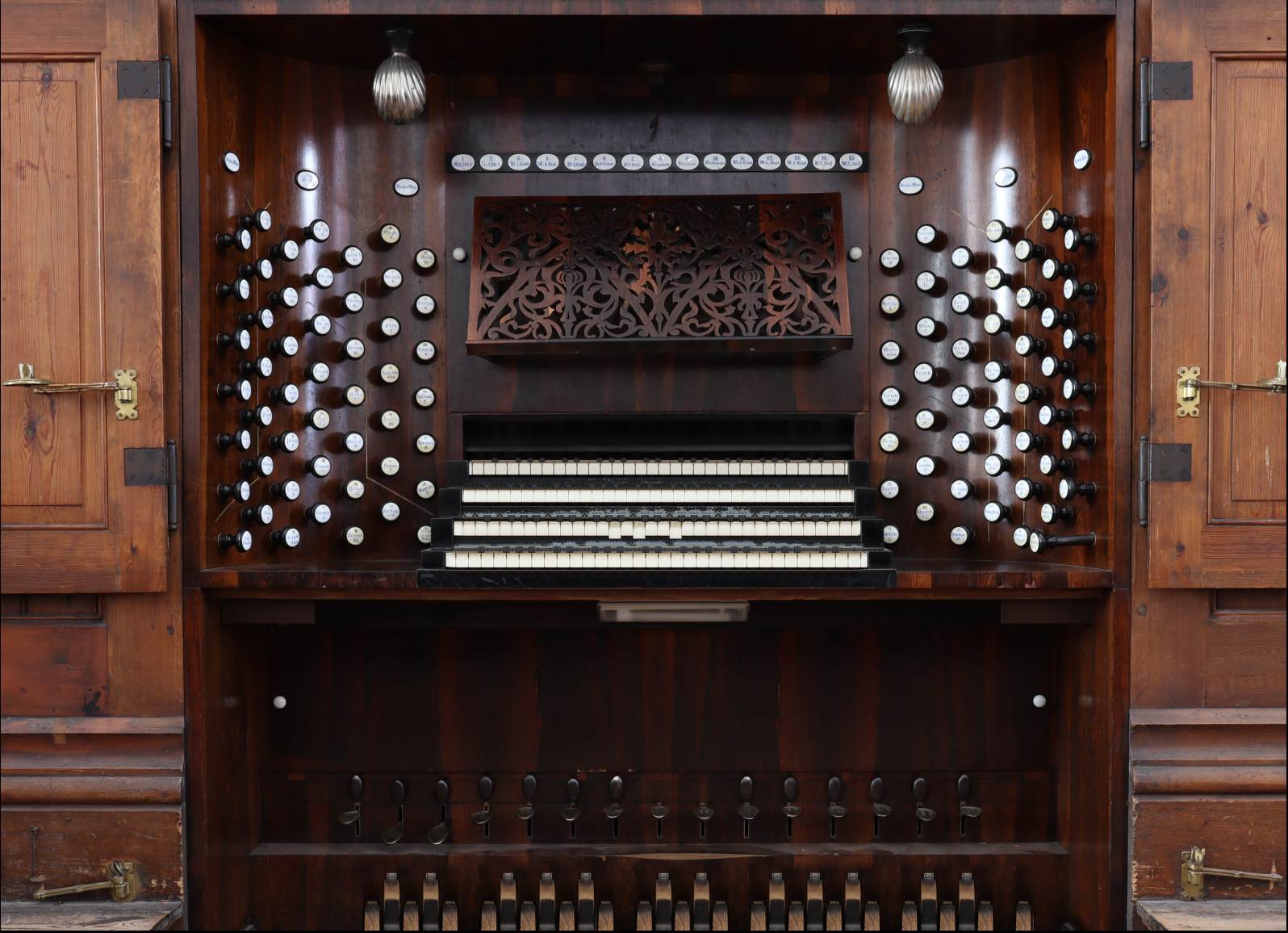
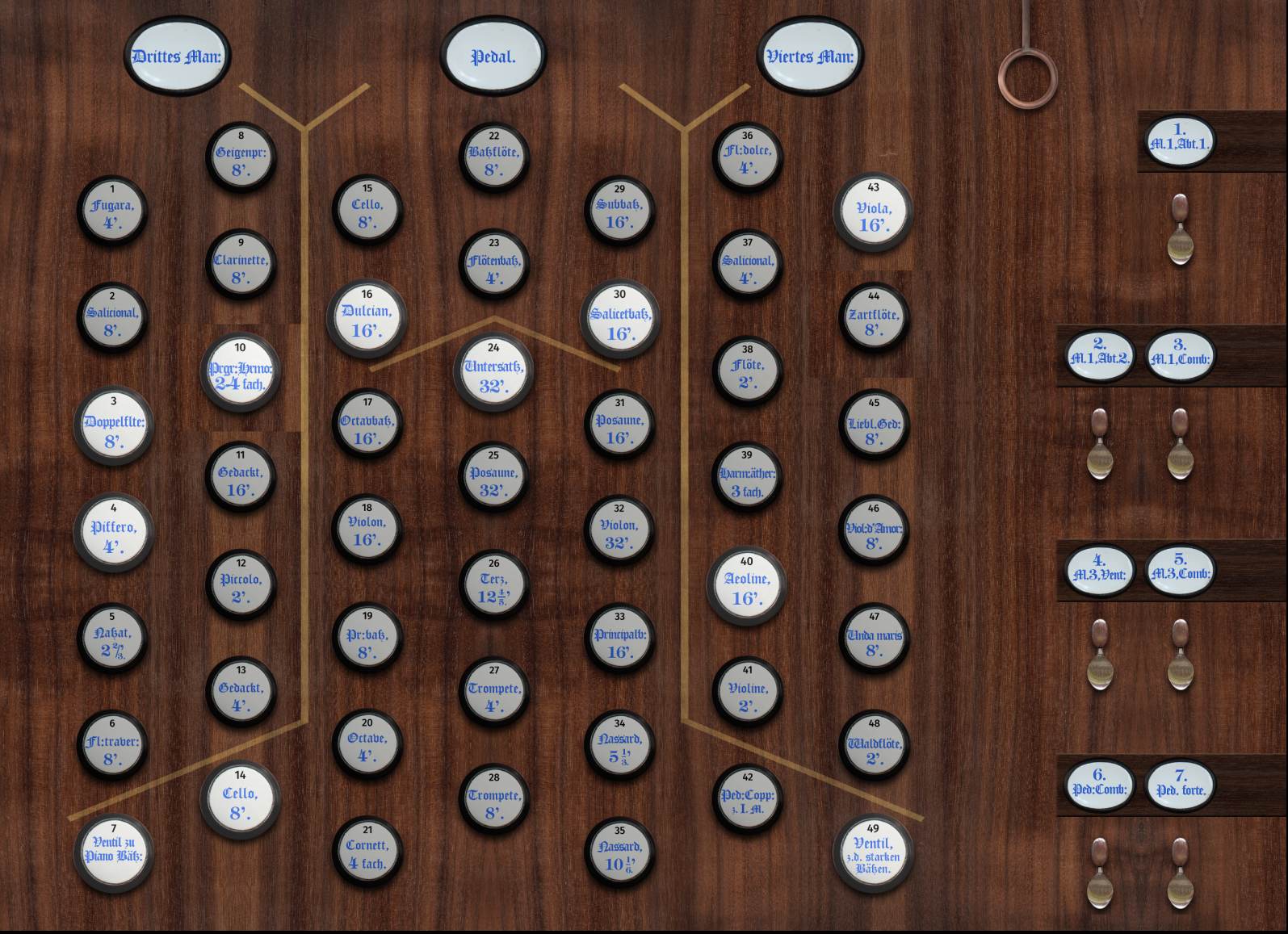
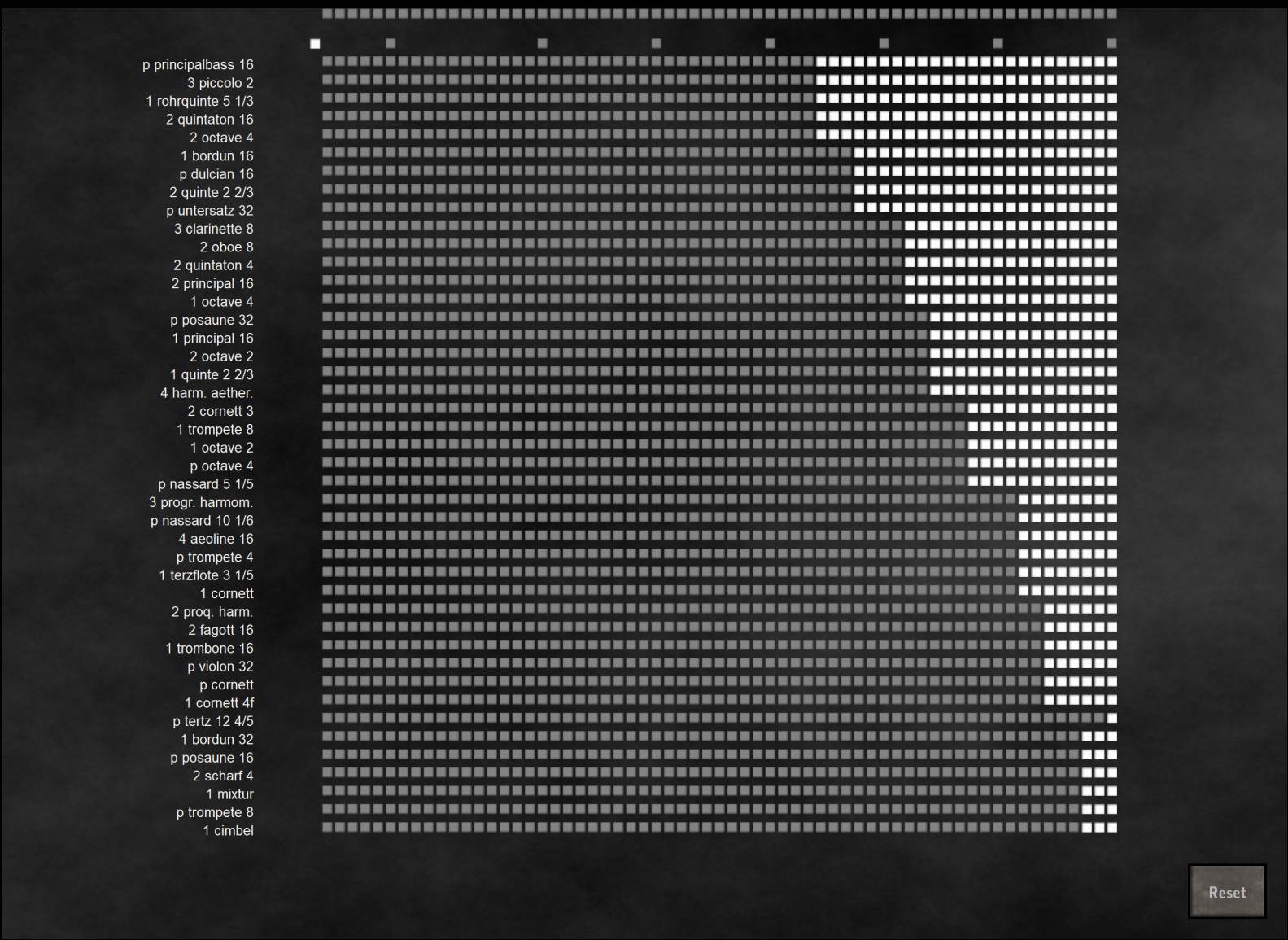
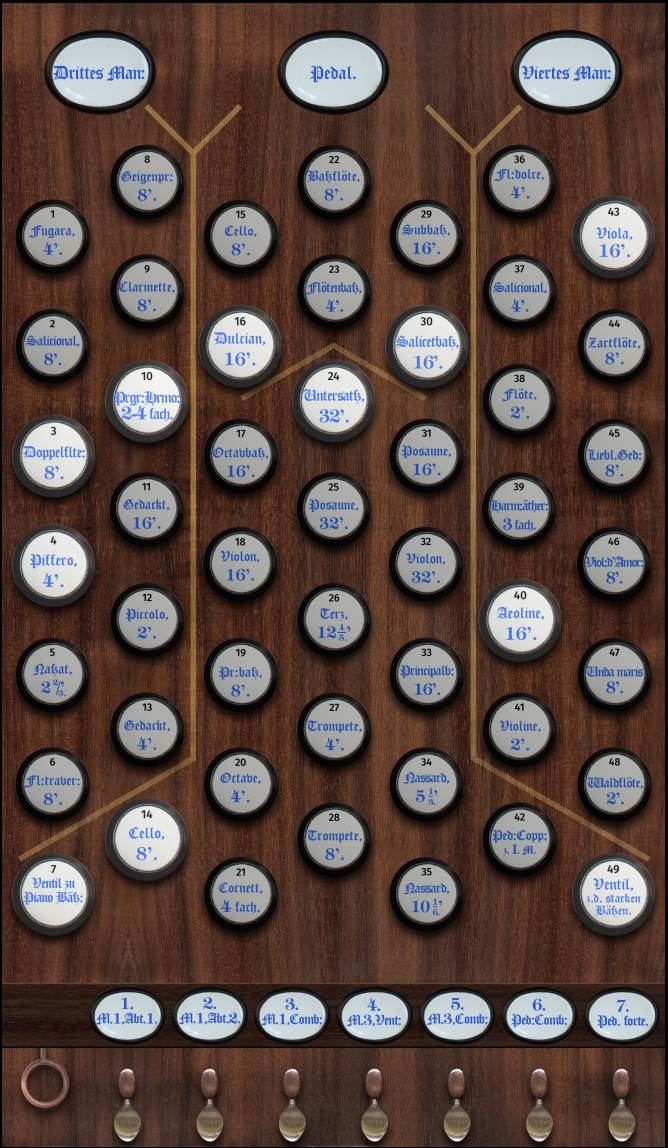
Anforderungen
The surround variant of the sample set is encrypted (iLok protected), use only in Hauptwerk. The semi-dry variant is offered in plain wave format (no encryption). Surround variant requires HW7 and higher. Semi-dry variant works in HW 4.2 and all higher versions of Hauptwerk.
RAM consumption: 6-channel surround
16-bit, other settings default: 50 GB
20-bit, other settings default: 88 GB
24-bit, other settings default: 96 GB
RAM consumption 2-channel (semi-dry variant)
16-bit, other settings default: 18 GB
20-bit, other settings default: 31 GB
24-bit, other settings default: 34 GB
Screen resolution 1280x1024 px or more.
Polyphony of 8.000 voices recommended for the full suround.
Dieses Hauptwerk-Proben-Set wird Ihnen von Leonart Studio präsentiert, einem autorisierter Händler des Herstellers Sonus Paradisi in der Schweiz (internationaler Versand). Genießen Sie diese digital gesampelte Orgelbibliothek zur Verwendung mit Hauptwerk-Software und beginnen Sie noch heute, Ihre historische Orgelkollektion zu erweitern.
0
Artikel gesamt
CHF 0.00
Produktzwischensumme
Weitere Hauptwerk-Proben-Sets
-
Schwerin, Dom, Ladegast Organ 1871 [Hauptwerk]
Anbieter:Sonus ParadisiNormaler Preis CHF 616.00Normaler PreisStückpreis / pro -
Segovia, 1772 [Hauptwerk]
Anbieter:Sonus ParadisiNormaler Preis CHF 317.90Normaler PreisStückpreis / pro -
Groningen, 1450-1740 [Hauptwerk]
Anbieter:Sonus ParadisiNormaler Preis Von CHF 658.90Normaler PreisStückpreis / proCHF 1,681.90Verkaufspreis Von CHF 658.90Sale -
St. Maximin, 1775 [Hauptwerk]
Anbieter:Sonus ParadisiNormaler Preis CHF 440.00Normaler PreisStückpreis / pro -
Reuter, 1928 [Hauptwerk]
Anbieter:Sonus ParadisiNormaler Preis CHF 473.00Normaler PreisStückpreis / pro -
Casavant, 1995 [Hauptwerk]
Anbieter:Sonus ParadisiNormaler Preis CHF 174.90Normaler PreisStückpreis / pro -
Rotterdam Hoofdorgel, 1973 [Hauptwerk]
Anbieter:Sonus ParadisiNormaler Preis Von CHF 330.00Normaler PreisStückpreis / proCHF 958.10Verkaufspreis Von CHF 330.00Sale -
Piacenza, 1838 [Hauptwerk]
Anbieter:Sonus ParadisiNormaler Preis CHF 330.00Normaler PreisStückpreis / pro -
Bückeburg, 1997 [Hauptwerk]
Anbieter:Sonus ParadisiNormaler Preis Von CHF 1.10Normaler PreisStückpreis / pro -
Lüdingworth, 1683 [Hauptwerk]
Anbieter:Sonus ParadisiNormaler Preis CHF 330.00Normaler PreisStückpreis / pro

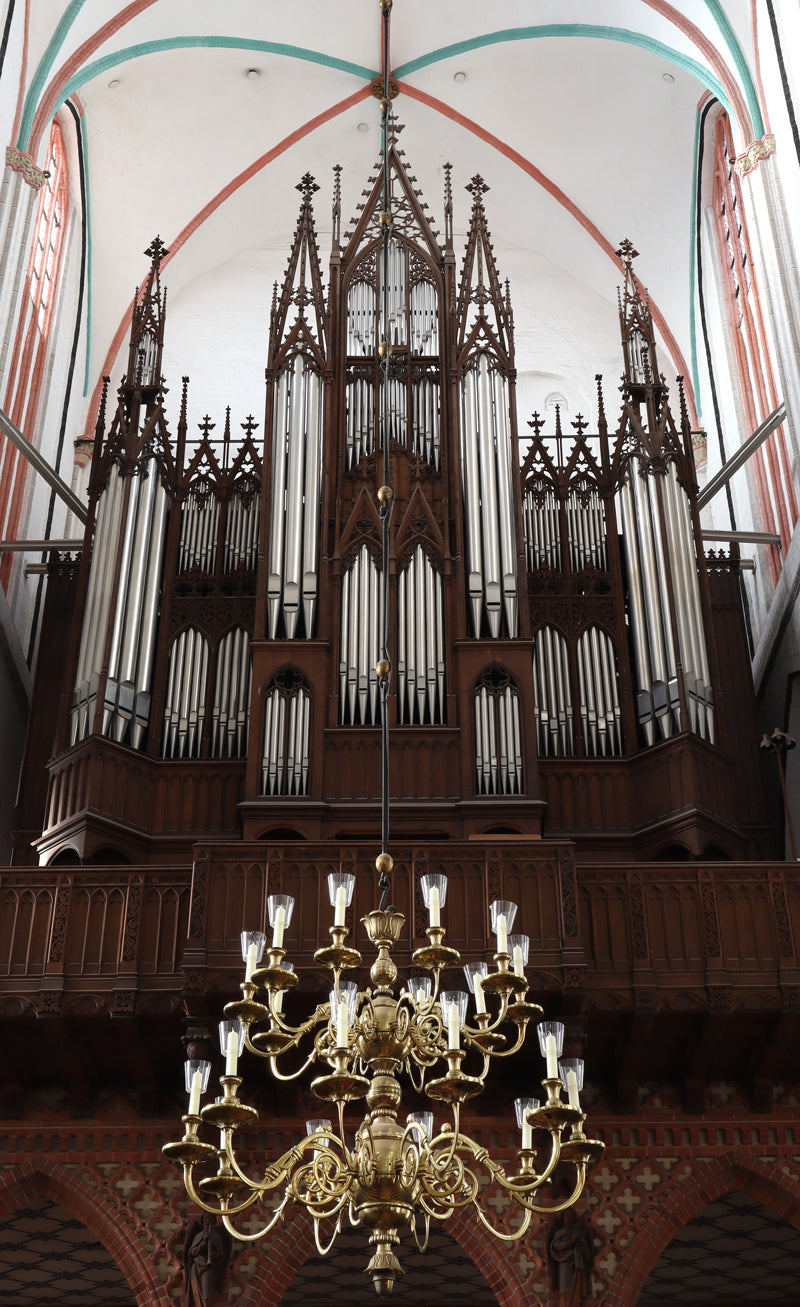
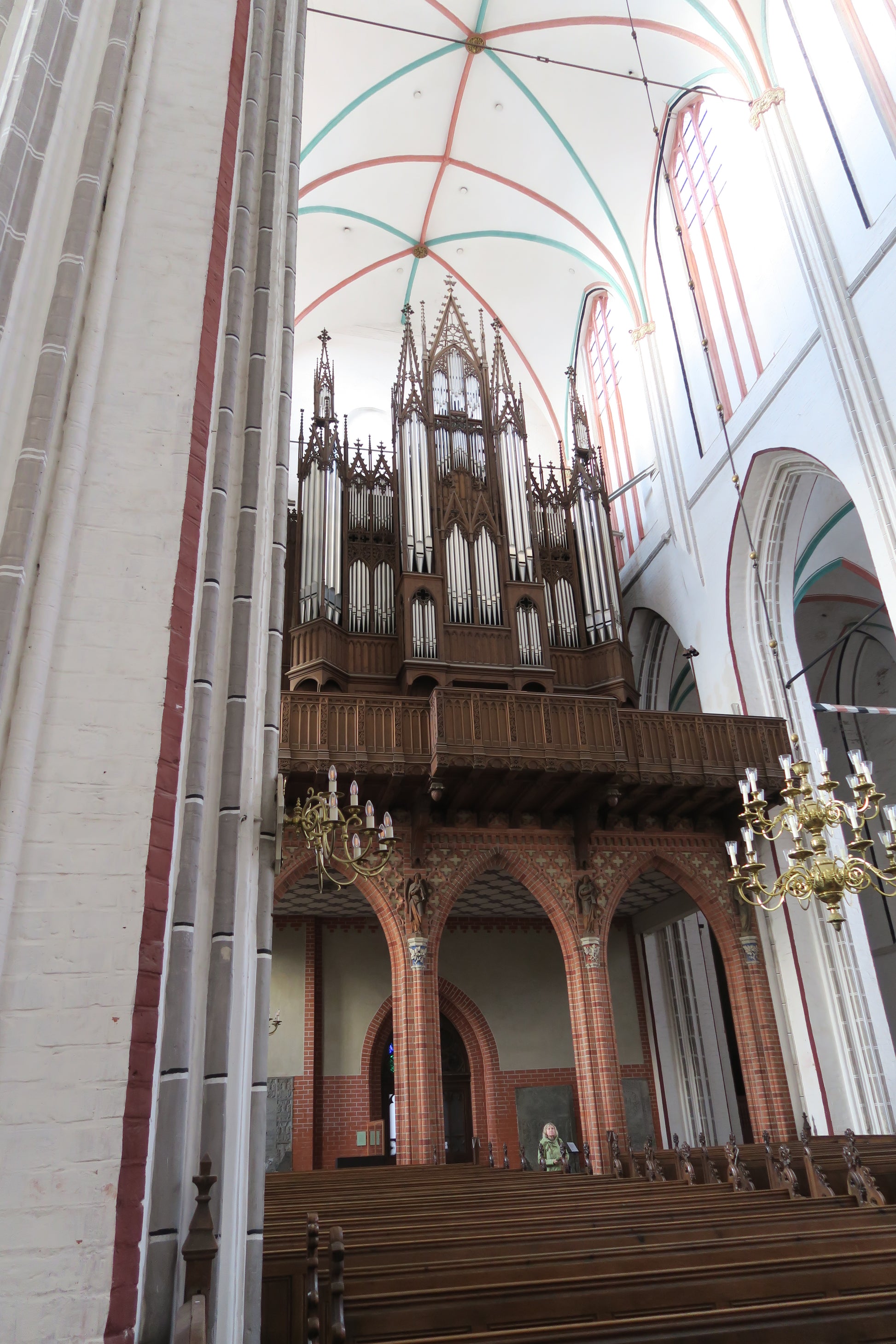
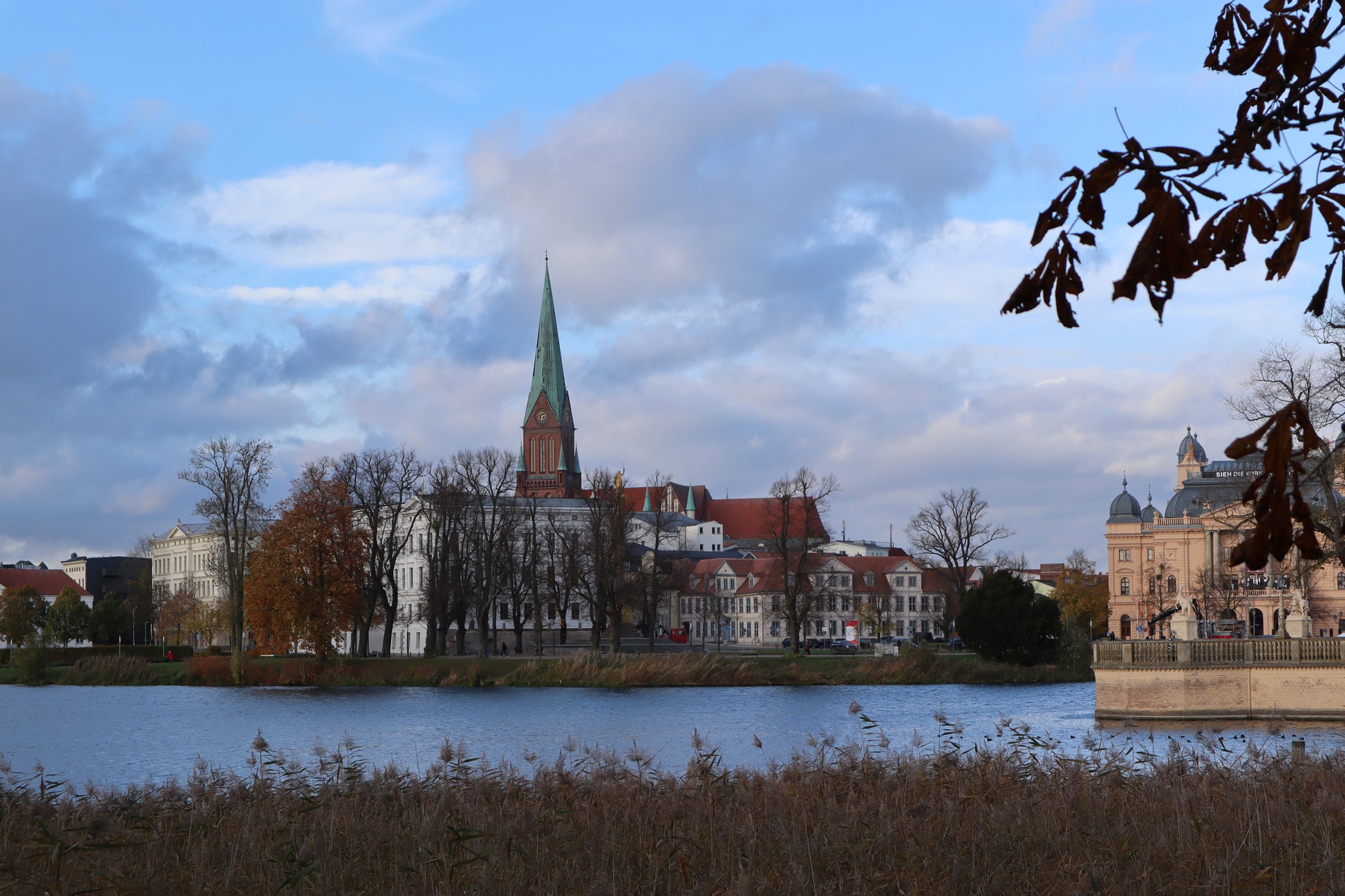
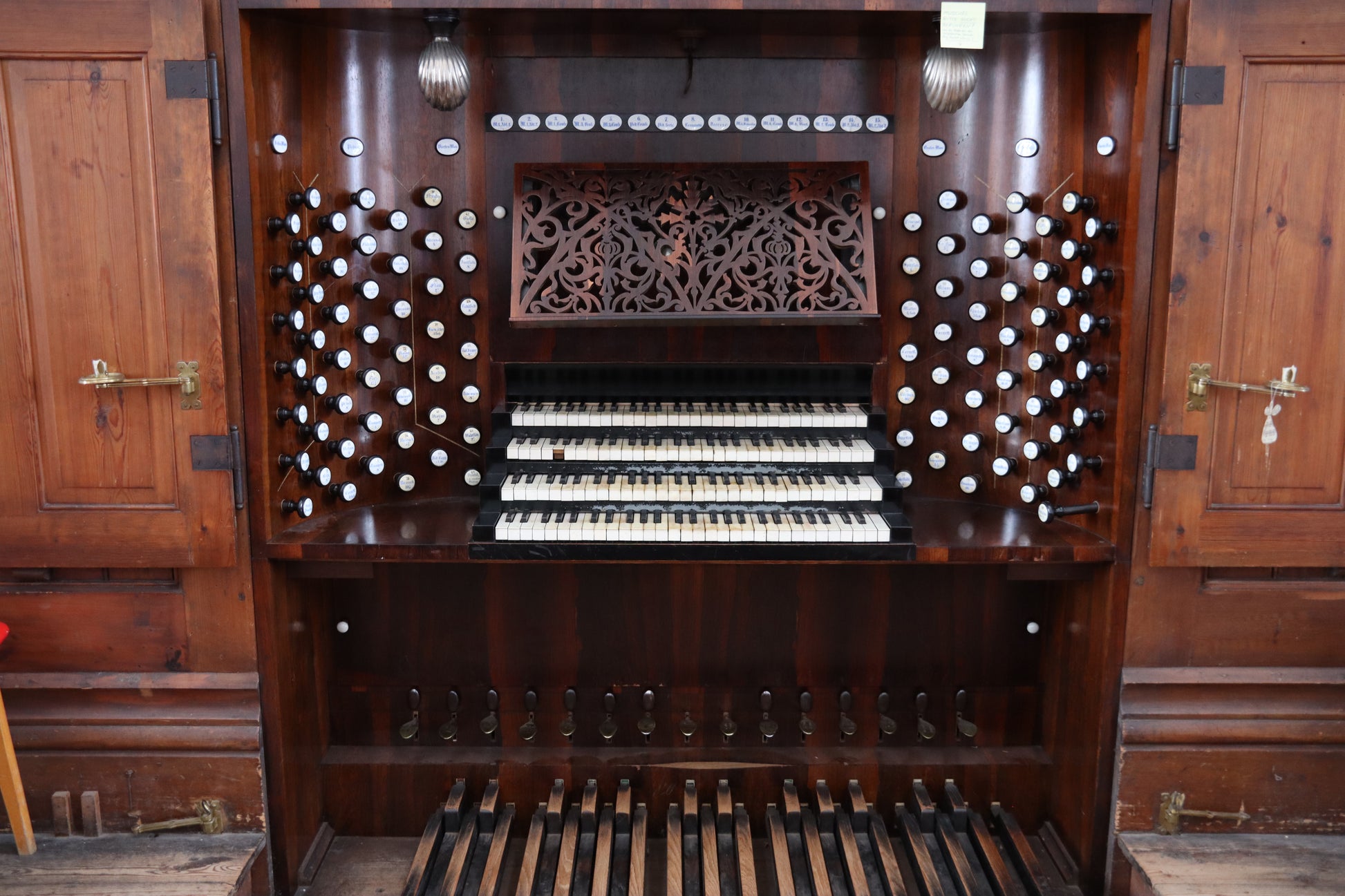
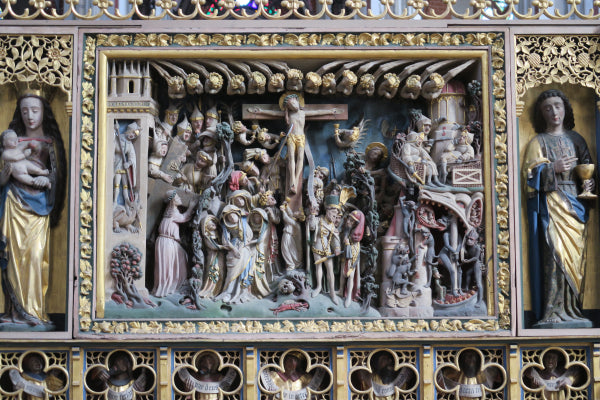
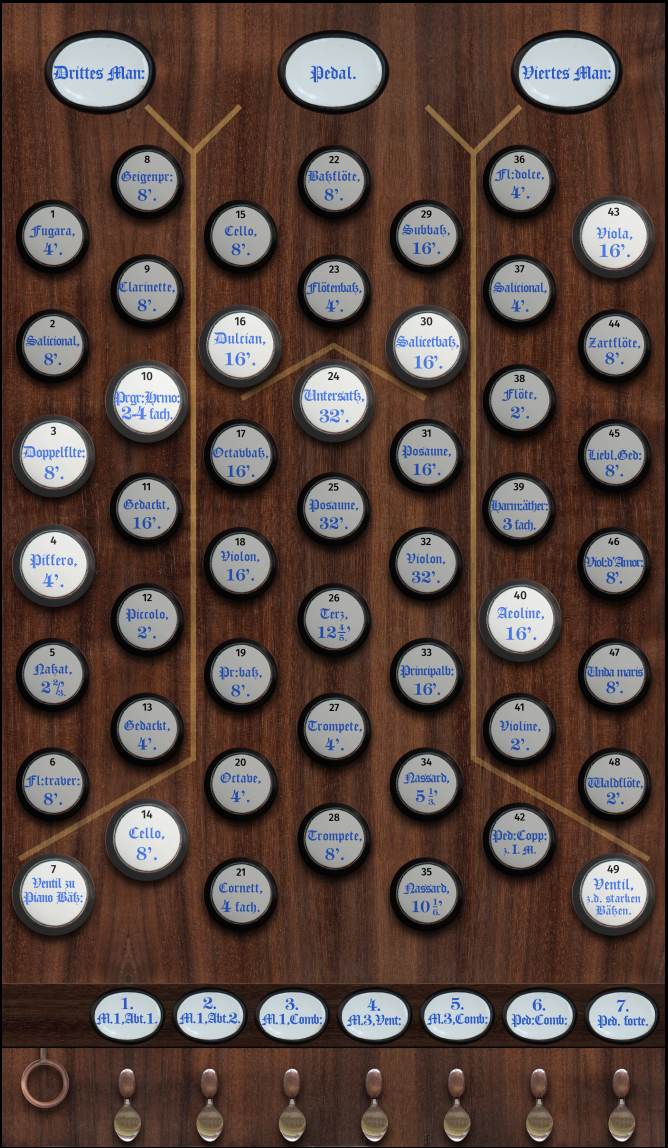
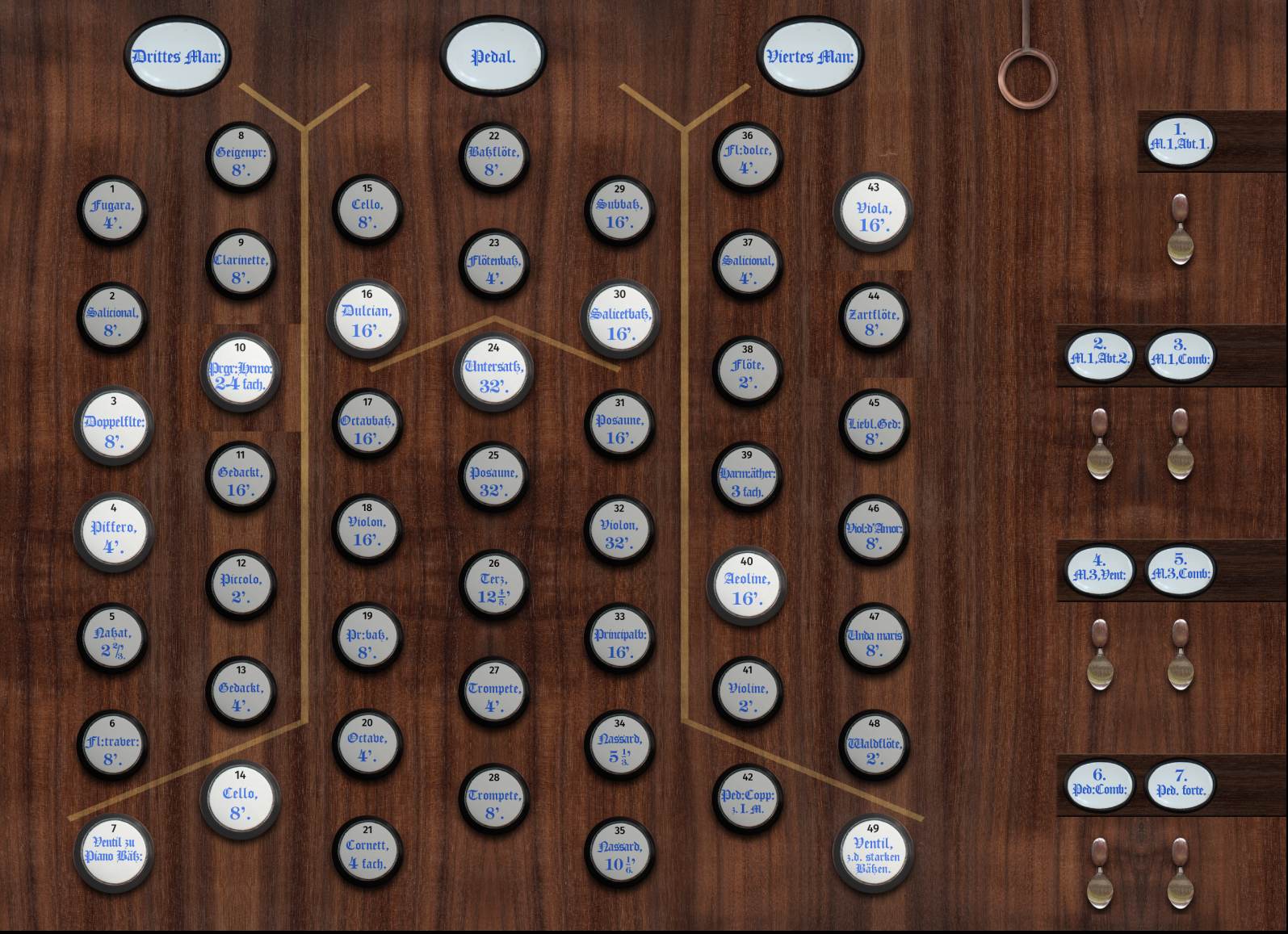
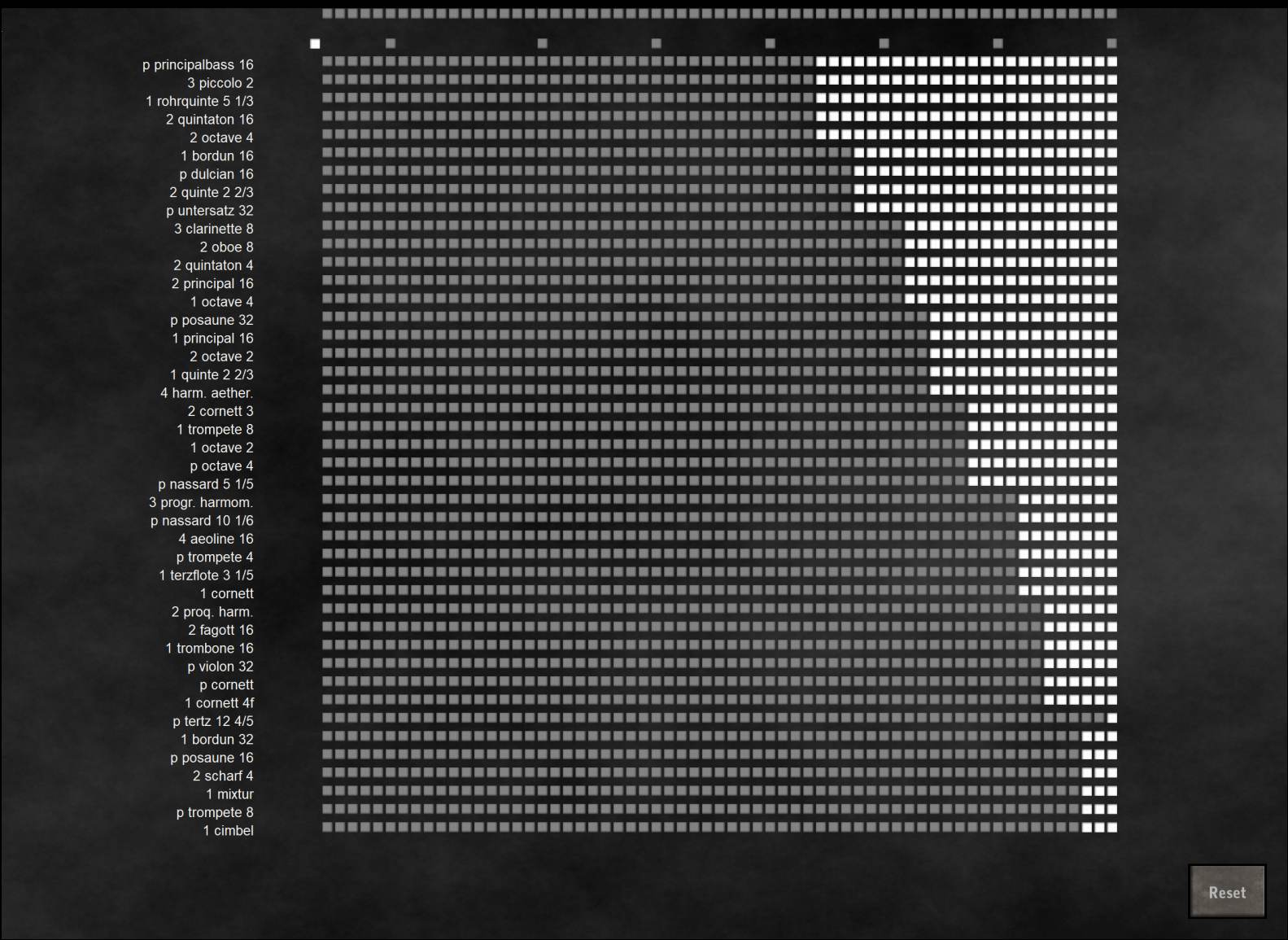
![Schwerin, Dom, Ladegast Organ 1871 [Hauptwerk]](http://artful.shop/cdn/shop/files/ladegast1.jpg?v=1759140126&width=533)
![Segovia, 1772 [Hauptwerk]](http://artful.shop/cdn/shop/files/ss_segovia1.jpg?v=1714213906&width=533)
![Groningen, 1450-1740 [Hauptwerk]](http://artful.shop/cdn/shop/files/ss_Groningen1.jpg?v=1693275425&width=533)
![St. Maximin, 1775 [Hauptwerk]](http://artful.shop/cdn/shop/files/ss_maximin1.jpg?v=1692902597&width=533)
![Reuter, 1928 [Hauptwerk]](http://artful.shop/cdn/shop/files/ss_Reuter1.jpg?v=1693321024&width=533)
![Casavant, 1995 [Hauptwerk]](http://artful.shop/cdn/shop/files/ss_casavant1.jpg?v=1693319885&width=533)
![Rotterdam Hoofdorgel, 1973 [Hauptwerk]](http://artful.shop/cdn/shop/files/ss_RotterdamMain1.jpg?v=1693279529&width=533)
![Piacenza, 1838 [Hauptwerk]](http://artful.shop/cdn/shop/files/ss_piacenza1.jpg?v=1693003521&width=533)
![Bückeburg, 1997 [Hauptwerk]](http://artful.shop/cdn/shop/files/ss_bueckeburg1.jpg?v=1692967628&width=533)
![Lüdingworth, 1683 [Hauptwerk]](http://artful.shop/cdn/shop/files/ss_luedingworth1.jpg?v=1692998051&width=533)